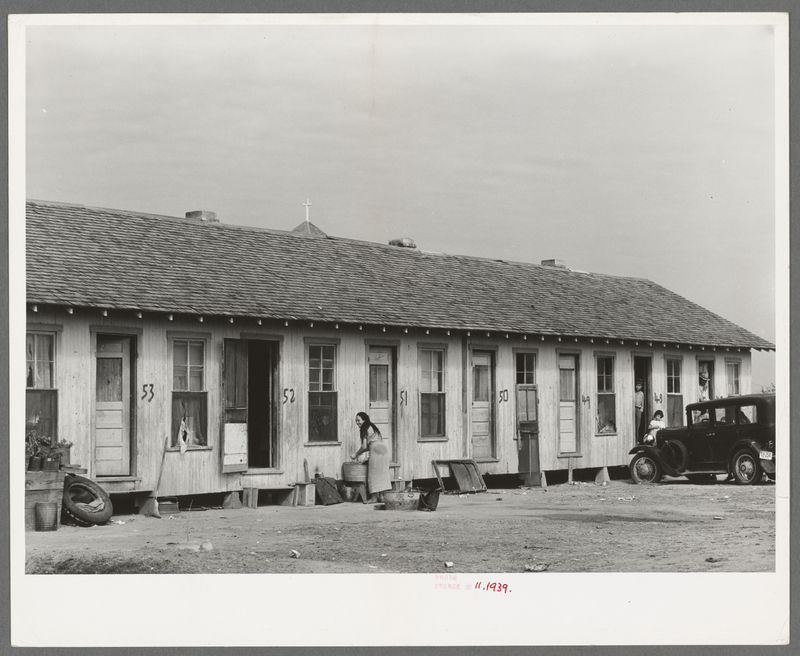Conditions in the Fields
Migrant workers faced various challenges in the fields. Laborers often traveled long distances to and from their homes in Mexico to work. Some farmers provided buses for their workers while others had to find their own transportation to the fields. Workers arrived at their farms as early as sunrise and toiled under the hot sun for upwards of twelve hours on end without any breaks or access to supplies like water and restrooms. In some extreme cases, workers on farms reported that they had to share a single can of water.
While many hispanic farm laborers traveled from Mexico daily for work, others lived in housing provided on the farms where they worked. These facilities were cramped, one bedroom units that lacked basic amenities such as heating, running water, and indoor plumbing. This made workers more prone to illnesses caused by vermin like rats and mosquitoes. Migrant workers often expressed concern about the unsanitary conditions of their housing, but the owners of the farms frequently ignored their complaints. The photo above was taken by the photographer Russell Lee in 1939 at one farm in Edcouch, Texas. The photo captures one issue with migrant housing: lack of personal space. Housing provided by farmers were often cramped, especially for the families with several children. This proximity not only increased the spread of illnesses and disease, but also dehumanized workers by confining them to tight quarters like livestock.
Hispanic farm workers received wages as low as thirty cents an hour on American fields. Other workers were not paid by hourly rates, but rather by how many pounds of produce they had picked that day. While the United States passed the Fair Labor Standards Act of 1938 which granted workers the right to a minimum wage, the act did not include migrant farm workers. This encouraged farmers to seek out Mexican migrants for cheap and plentiful labor. Securing fair wages for migrant workers was one of the top priorities for farm workers' unions of the 1960s and 70s, such as the National Farm Workers Association and the United Farm Workers. The photo above, taken by the American photographer Dorothea Lange, captures Mexican workers picking cantaloupe. The owners of this particular field were Japanese, though the majority of American fields that relied on migrant labor were owned by Anglo-Americans. Japenese, Chinese, and Filippino immigrants also worked alongside Mexican migrants and experienced the same issues of low wages and poor working conditions.

